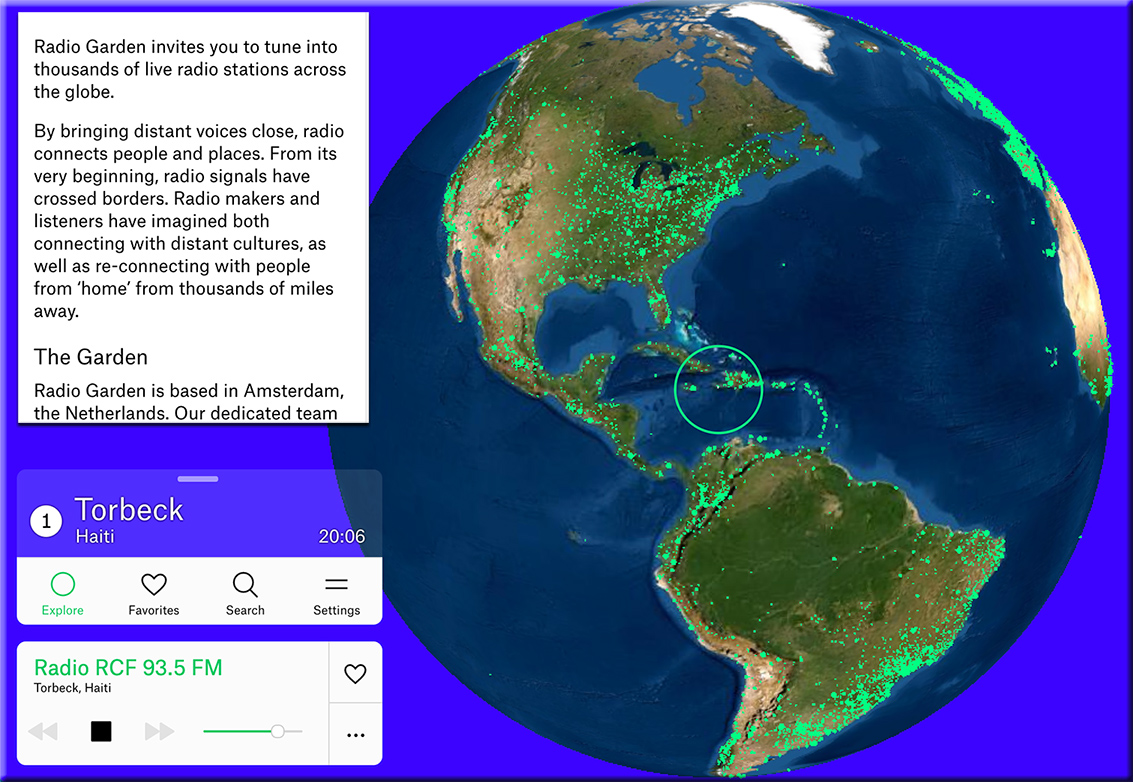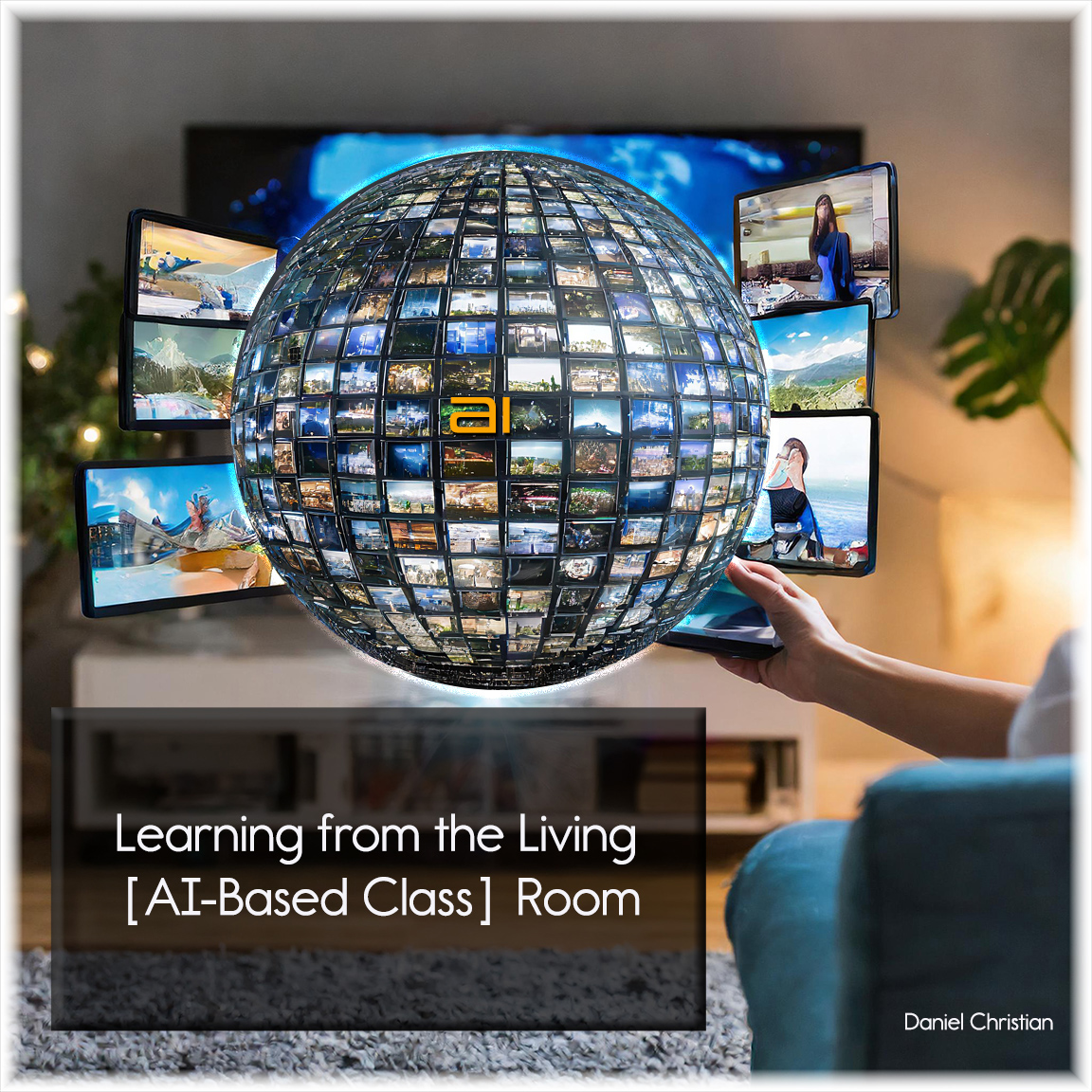
Last updated on 5/3/2024
A powerful, global, Artificial Intelligence (AI)-based, next-generation, lifelong learning platform -- meant to help people reinvent themselves quickly, safely, cost-effectively, conveniently, and consistently. And speaking of people, this new platform will require -- and will rely upon -- human beings to create it as well as to drive its effectiveness.
In the future, the lifelong ownership of the learning-related records and credentials will belong to the individual learners themselves. They will be the ones who control who else can access these records.
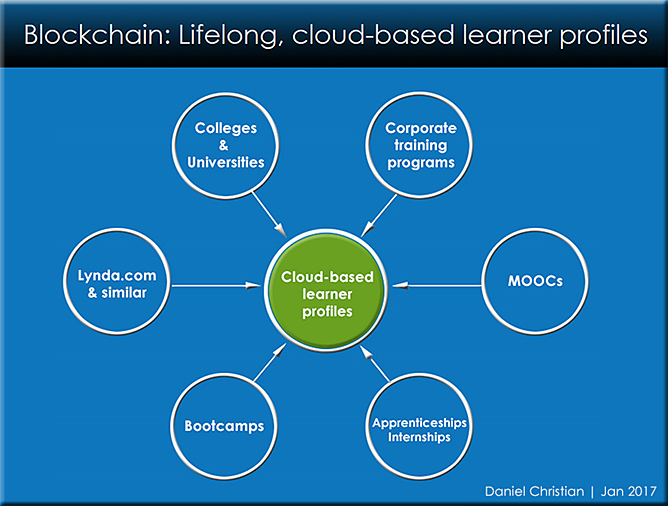
Some recent items/quotes/ideas to consider:
Synthetic Video & AI Professors — from drphilippahardman.substack.com by Dr. Philippa Hardman
Are we witnessing the emergence of a new, post-AI model of async online learning?
TLDR: by effectively tailoring the learning experience to the learner’s comprehension levels and preferred learning modes, AI can enhance the overall learning experience, leading to increased “stickiness” and higher rates of performance in assessments.
…
TLDR: AI enables us to scale responsive, personalised “always on” feedback and support in a way that might help to solve one of the most wicked problems of online async learning – isolation and, as a result, disengagement.
…
In the last year we have also seen the rise of an unprecedented number of “always on” AI tutors, built to provide coaching and feedback how and when learners need it.Perhaps the most well-known example is Khan Academy’s Khanmigo and its GPT sidekick Tutor Me. We’re also seeing similar tools emerge in K12 and Higher Ed where AI is being used to extend the support and feedback provided for students beyond the physical classroom.
Closing The Skills Gap: An Inside Look At The Achievement Wallet — from forbes.com by Dr. Sarah DeMark
In the dynamic realm of today’s workforce, skills gaps are increasing. Highly skilled talent is out there, but information gaps and traditional hiring methods make it challenging for skilled talent and employers to find one another. While digital recruiting systems have made it more efficient to find prospective candidates, qualified candidates are often vetted out of the hiring process when they do not match the exact criteria, according to a study conducted by Harvard Business School.
Skills and information gaps are not merely abstractions, but tangible forces that influence career trajectories, organizational competitiveness, the lack of underrepresented populations in high growth areas of the workforce, and the fabric of student and professional success. The need for more agency for both learners and employers to bridge these gaps and take advantage of opportunities has never been more pressing.
...
With the rapid pace of change — think automation, new technology, and artificial intelligence — businesses must innovate and think about the best ways to create career mobility and career pathways for their workforces into the roles of tomorrow.
...
In Pursuit of Agency
Imagine a future where learners can instantly see where they stand in a crowded job market, assess their abilities and gaps, and identify opportunities for growth. Or where employers can identify candidates with specific, often hard-to-spot competencies and skills. Possible? Yes. Western Governors University (WGU), the country’s largest competency-based, workforce-relevant online university, is reimagining that future by deploying the Achievement Wallet for WGU students nationally and working students at educational institutions across the state of Indiana.
These items provide evidence of the various
pieces that are coming together >>
What does the vision entail?
- A new, global, collaborative learning platform that offers more choice, more control to learners of all ages – 24x7 – and could become the organization that futurist Thomas Frey discusses here with Business Insider:
- A learner-centered platform that is enabled by – and reliant upon – human beings but is backed up by a powerful suite of technologies that work together in order to help people reinvent themselves quickly, conveniently, and extremely cost-effectively
- A customizable learning environment that will offer up-to-date streams of regularly curated content (i.e., microlearning) as well as engaging learning experiences
- Along these lines, a lifelong learner can opt to receive an RSS feed on a particular topic until they master that concept; periodic quizzes (i.e., spaced repetition) determine that mastery. Once mastered, the system will ask the learner as to whether they still want to receive that particular stream of content or not.
- A Netflix-like interface to peruse and select plugins to extend the functionality of the core product
- An AI-backed system of analyzing employment trends and opportunities will highlight those courses and “streams of content” that will help someone obtain the most in-demand skills
- A system that tracks learning and, via Blockchain-based technologies, feeds all completed learning modules/courses into learners’ web-based learner profiles
- A learning platform that provides customized, personalized recommendation lists – based upon the learner’s goals
- A platform that delivers customized, personalized learning within a self-directed course (meant for those content creators who want to deliver more sophisticated courses/modules while moving people through the relevant Zones of Proximal Development)
- Notifications and/or inspirational quotes will be available upon request to help provide motivation, encouragement, and accountability – helping learners establish habits of continual, lifelong-based learning
- An online-based marketplace, matching learners with resources
"I've been predicting that by 2030 the largest company on the internet is going to be an education-based company that we haven't heard of yet," Frey, the senior futurist at the DaVinci Institute think tank, tells Business Insider.
Ideally, the learner is using two displays simultaneously:
While basic courses will be accessible via mobile devices, the optimal learning experience will leverage two or more displays/devices. So while smaller smartphones, laptops, and/or desktop workstations will be used to communicate synchronously or asynchronously with other learners, the larger displays will deliver an excellent learning environment for times when there is:
- A Subject Matter Expert (SME) giving a talk or making a presentation on any given topic
- A need to display multiple things going on at once, such as:
- The SME(s)
- An application or multiple applications that the SME(s) are using
- Content/resources that learners are submitting in real-time (think Bluescape, T1V, Prysm, other)
- The ability to annotate on top of the application(s) and point to things w/in the app(s)
- Media being used to support the presentation such as pictures, graphics, graphs, videos, simulations, animations, audio, links to other resources, GPS coordinates for an app such as Google Earth, other
- Other attendees (think Google Hangouts, Skype, Polycom, or other videoconferencing tools)
- An (optional) representation of the Personal Assistant (such as today’s Alexa, Siri, Google Assistant, etc.) that’s being employed via the use of Artificial Intelligence (AI)
This new learning platform will also feature:
- Voice-based commands to drive the system (via Natural Language Processing (NLP))
- Language translation (using techs similar to what’s being used in Translate One2One, an earpiece powered by IBM Watson)
- Speech-to-text capabilities to provide real-time closed captioning and transcriptions -- as well as for use w/ chatbots, messaging, inserting discussion board postings
- Text-to-speech capabilities as an assistive technology and also for everyone to be able to be mobile while listening to what’s been typed
- Chatbots
- For learning how to use the system
- For asking questions of – and addressing any issues with – the organization owning the system (credentials, payments, obtaining technical support, etc.)
- For asking questions within a course to obtain information -- such as asking questions of a historical figure
- As many profiles as needed per household
- Similar to asking questions of a chatbot, we will be able to use holographic storytelling where learners can ask questions of a hologram (examples here and here)
- The ability to use the learner's webcam to take pictures of equations in order to get instant feedback and/or links to other resources
- Polling
- (Optional) Machine-to-machine-based communications to automatically launch the correct profile when the system is initiated (from one’s smartphone, laptop, workstation, and/or tablet to a receiver for the system)
- (Optional) Voice recognition to efficiently launch the desired profile
- (Optional) Facial recognition to efficiently launch the desired profile
- (Optional) Upon system launch, to immediately return to where the learner previously left off
- The capability of the webcam to recognize objects and bring up relevant resources for that object
- A built in RSS feed aggregator – or a similar technology – to enable learners to tap into the relevant “streams of content” that are constantly flowing by them
- Social media dashboards/portals – providing quick access to multiple sources of content and whereby learners can contribute their own “streams of content”
- A twist on the flipped classroom approach, whereby students can check out videos of equations, problems, etc. and put in their "markers" with accompanying comments throughout the videos, alerting the SMEs where they have questions, comments, and/or issues
In the future, new forms of Human Computer Interaction (HCI) such as Augmented Reality (AR), Virtual Reality (VR), and Mixed Reality (MR) will be integrated into this new learning environment – providing entirely new means of collaborating with one another.
Consider the items below:
In the future, we won't just be able to find movies or shows, but rather, we will also be
able to quickly locate up-to-date, relevant learning-related content and participate in highly-practical, learning-related experiences.
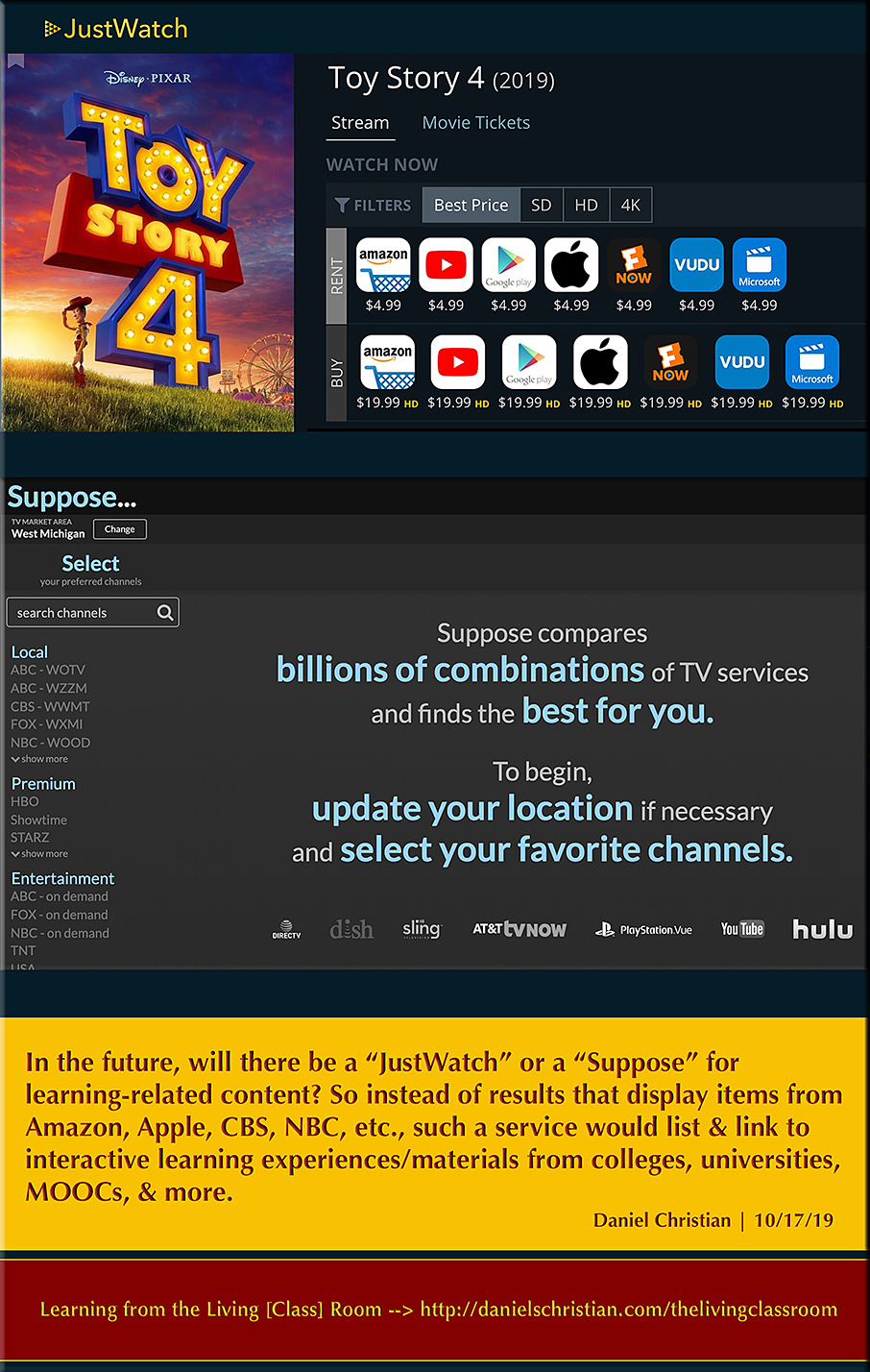
And check out what they are doing now with radio stations! So...what can be done with learning-related streams of content?!
Consider the type of service/value being offered in the graphic below...and that such a service will be constantly available on a next-gen learning platform. That is, the system will:
- Scan open job descriptions
- Present a constantly-updated list of the top/"hottest" skills and occupations
- Offer the relevant courses, modules, webinars, local learning hubs, discussion forums, etc. that will teach you the necessary skills to land those jobs (similar to what is shown in the above grapic involving justwatch.com or suppose.tv and what those vendors are providing for the entertainment industry).
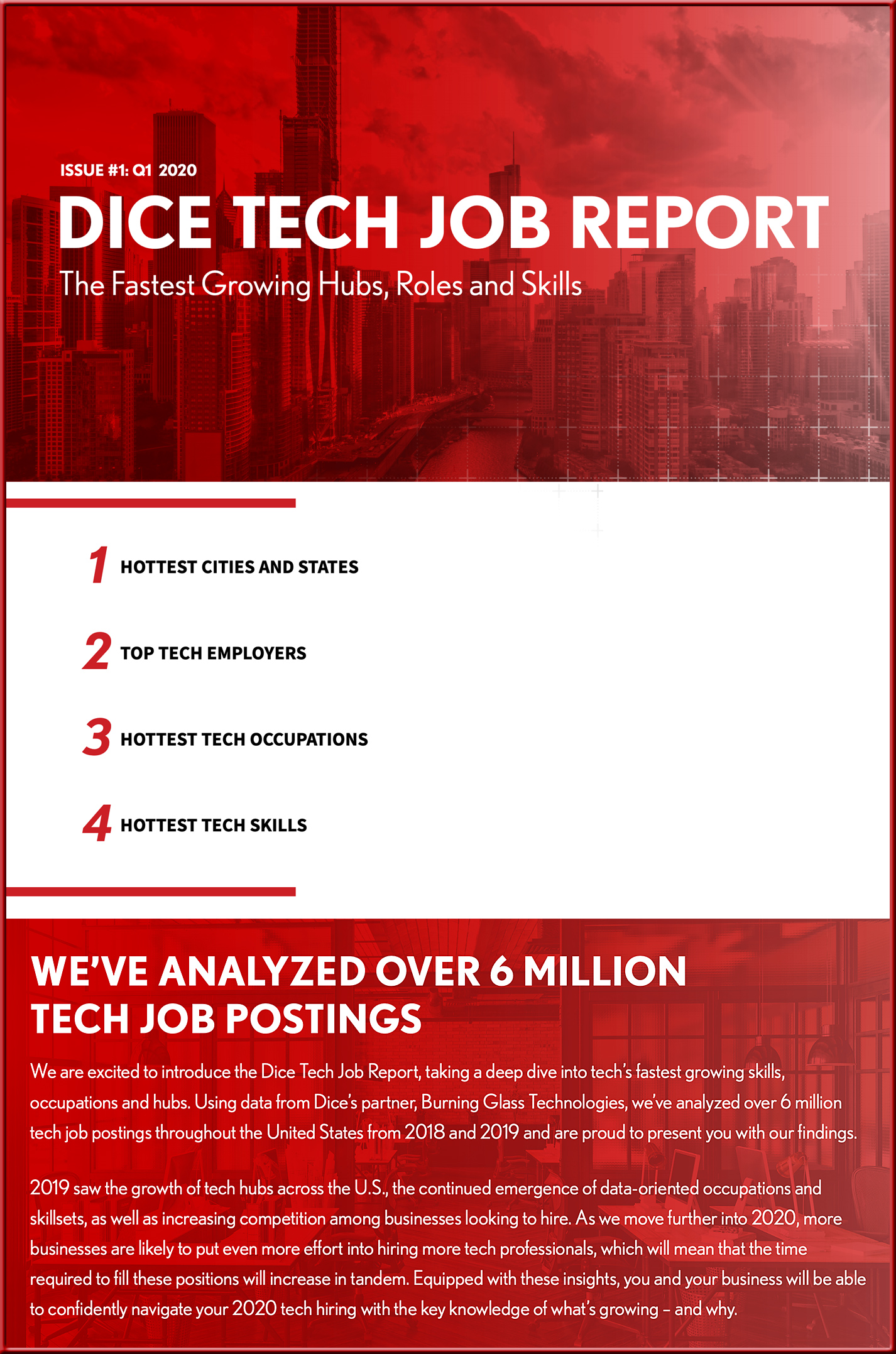
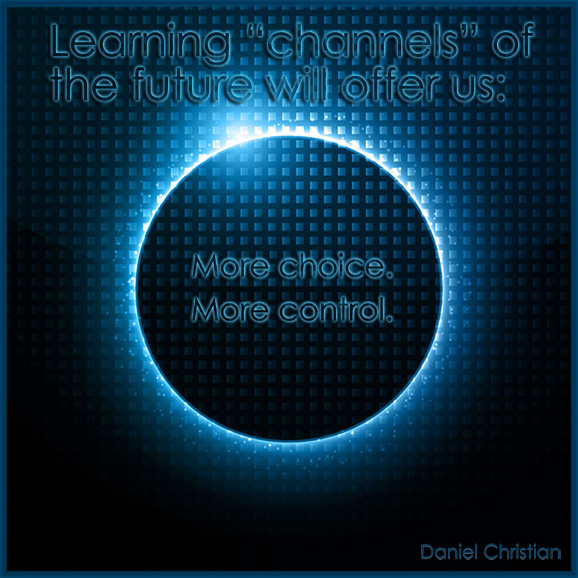
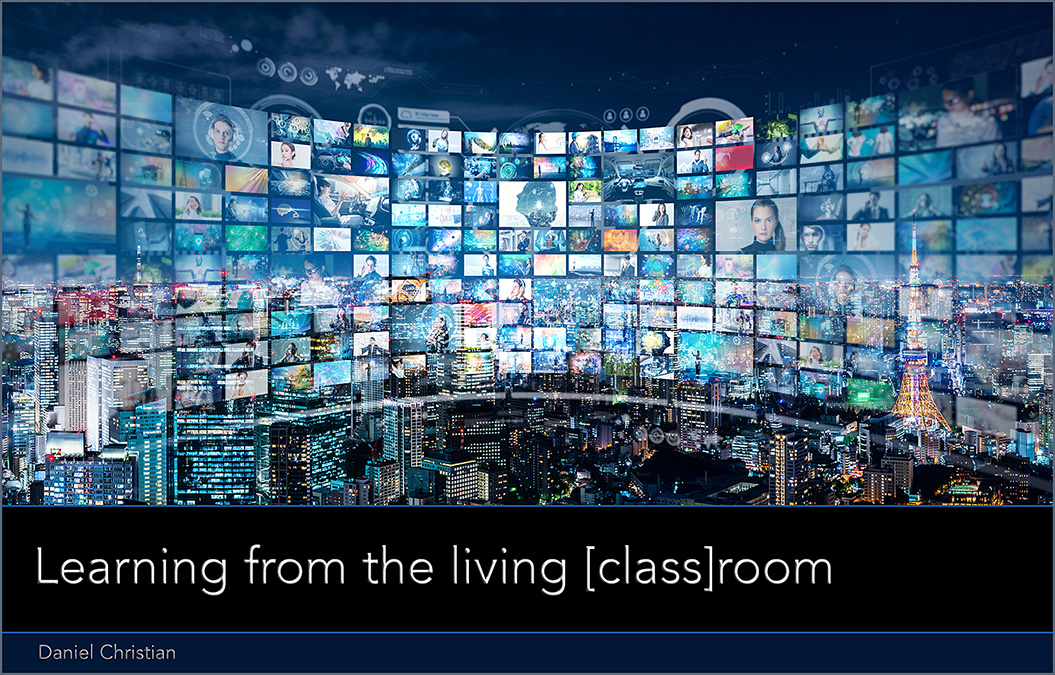
© 2024 | Daniel Christian
However, this vision/idea goes back much further than the date listed on the
graphic below -- and the pieces continue to come together!
![Learning from The Living [Class] Room](images/The-Living-Class-Room-Daniel-S-Christian-July-2012.jpg)
